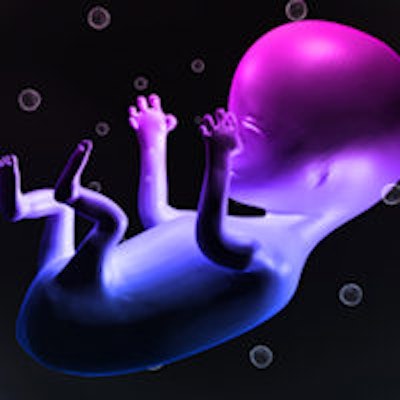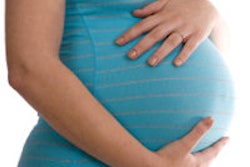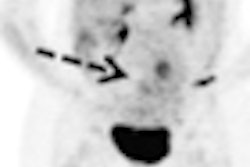
Doctors must heed basic precautions when using imaging to diagnose traumatic injury in pregnant women, but diagnostic imaging scans are safe when used properly, according to a new report in the Journal of the American Academy of Orthopaedic Surgeons.
Pregnant women naturally are concerned about the effects of radiation exposure on the fetus, and they may perceive the risk of a diagnostic test as high. However, radiation-bearing tests are not as risky as many patients think.
"Although great care must be taken to protect the fetus from exposure, most diagnostic studies are generally safe," wrote Dr. Jonas Matzon and colleagues from Thomas Jefferson University and Garden State Obstetrical and Gynecological Associates in Voorhees, NJ (JAAOS, August 2015, Vol. 23:8, pp. 485-491).
At the same time, traumatic injuries are the leading cause of nonpregnancy-related maternal death, so proper diagnosis and treatment are critical, they wrote.
During the first two weeks after conception, radiation doses of 150 mGy to 200 mGy may lead to failure of uterine implantation. In the third and fourth weeks of pregnancy, the fetus is at risk of spontaneous abortion at exposures of more than 100 mGy of radiation, the authors noted.
Between the fifth and 10th weeks of pregnancy, exposure to more than 100 mGy can lead to growth retardation, central nervous system defects such as microcephaly, and mental retardation. But during this time, the effects of doses less than 100 mGy "are scientifically uncertain and probably too subtle to be clinically detectable," Matzon and colleagues wrote. And common imaging exams fall far short of the levels known to cause harm.
For example, plain radiographs of the extremities and cervical spine can expose the fetus to minimal doses of about 10 mGy. Other studies such as pelvic CT can result in significantly higher doses up to 35 mGy, but this level is still well under the 100-mGy threshold.
"With the exception of pelvic CT, radiographic evaluation of the neck and extremities exposes the fetus to ionizing radiation doses that are well below thresholds considered risky," the authors wrote.
Additional key points include the following:
- The risk of teratogenesis, or the development of birth defects, is not a major concern after pelvic CT imaging.
- The risk of disruption of the pregnancy from any single diagnostic exam is extremely unlikely.
- The risk of carcinogenesis is a key concern after pelvic CT studies, which should be avoided unless absolutely necessary.
- The use of iodinated contrast media is generally considered safe in pregnancy.
- MRI emits no ionizing radiation and is generally considered safe, but it is "good practice" to avoid elective studies during the first trimester, when there is "questionable risk of teratogenesis and acoustic damage," the authors wrote.
- For trauma, ultrasound may be sufficient for initial imaging, but CT should be performed when serious injury is suspected.
In patients who need repeated diagnostic evaluation where cumulative dose is a concern, "consultation with a qualified medical physicist is necessary," they wrote. Alternative modalities to CT and radiography such as ultrasound and MRI are generally considered safe alternatives.
However, "in most instances, the benefit of a radiographic examination far outweighs the risk to the fetus," they wrote. "As always, patients should be counseled regarding the risks and benefits."




















